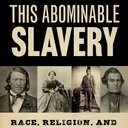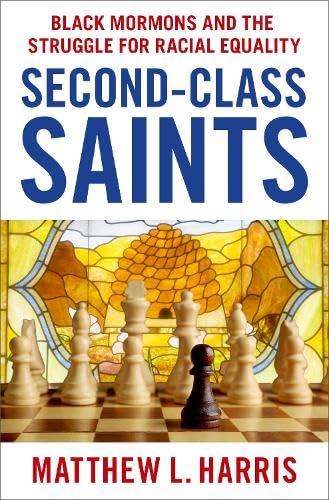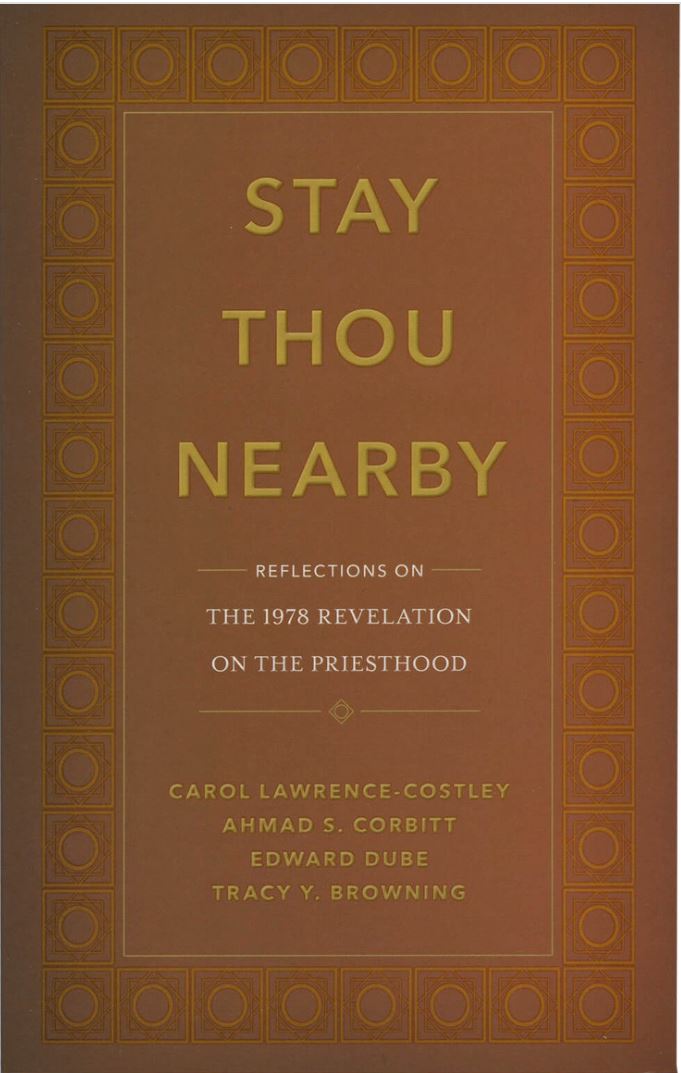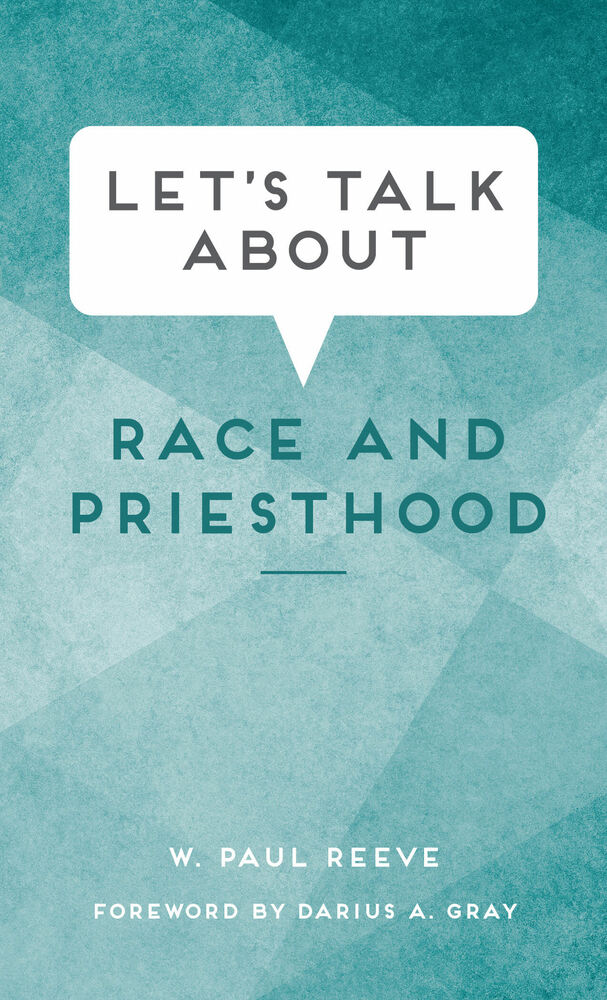Category: Race and the Priesthood
-
Slavery vs Unfree Labor in Utah
Slavery is one of the darkest subjects in the history of the United States. It was an issue that impacted so many lives (in ways that echo through to the present day) and arguments over it tore the nation apart. Utah Territory was no different in that they were caught in intense debates over the…
-

This Abominable Slavery: A Review
This Abominable Slavery: Race, Religion, and the Battle over Human Bondage in Antebellum Utah by W. Paul Reeve, Christopher B. Rich Jr., and LaJean Purcell Carruth is a fascinating and detailed glimpse into the debates about slavery and race in Utah Territory in the 1850s. Incorporating never-before transcribed accounts of the 1852 legislative session that…
-
On Marion D. Hanks
Marion D. Hanks is one of the most influential general authorities who never served in the Quorum of the Twelve or First Presidency. Today he is best known for his hymn, “That Easter Morn”, his advocating for Christlike service, and the support he lent to Black members of the Church in the years leading up…
-
On Premortality and the Priesthood and Temple Ban
When I was a priest, the adult advisor was excited to teach us a lesson about the premortal existence. He bounded up, grinning from ear to ear as usual, and said “I’ve been doing lots of reading, and I have some great stuff to share,” and he did. For the most part, it was an…
-

A Review: Second Class Saints
The priesthood and temple ban against individuals with Black African ancestry is a topic that is both fraught and crucial in understanding the history of The Church of Jesus Christ of Latter-day Saints. Matthew Harris’s recently-published Second Class Saints: Black Mormons and the Struggle for Racial Equality provides one of the most in-depth looks at…
-
The 1978 Priesthood Revelation Process
The term “revelation” in The Church of Jesus Christ of Latter-day Saints is a word with multiple interpretations, as can be seen in the process that led to the 1978 priesthood revelation.
-

How Do Members Explain the Priesthood and Temple Ban?
Black man ordaining another Black man in the style of African folk art Stephen Cranney and Josh Coates This is one of a series of posts discussing results from a recent survey of current and former Latter-day Saints conducted by the BH Roberts Foundation. The technical details are in the full methodology report here. The…
-

Stay Thou Nearby: A Review
The 1852–1978 priesthood and temple ban on Blacks in The Church of Jesus Christ of Latter-day Saints is a bitter pill to swallow, especially for those affected most directly by it. I have been grateful, however, for efforts in the Church to address the issue more openly in recent years, including several publications from Deseret…
-
Idiosyncratic ranking of the “Let’s Talk About” series from Deseret Book
This is, I think, the best thing to come out of Deseret Book in a long while. I somewhat wish these books had existed when I was much, much younger, but the expertise (and, frankly, spiritual maturity of many members) likely didn’t really exist in the right forms until recently. What follows is my totally…
-
W. Paul Reeve on Race and the Priesthood
The race-based priesthood and temple ban that the Church of Jesus Christ of Latter-day Saints had in place from the 1850s until 1978 is a heavy, but important subject to study. I’ve shared a review about W. Paul Reeve’s recently-released Let’s Talk About Race and Priesthood where I stated that it was one of “the…
-

Let’s Talk About Race and Priesthood
Let’s Talk About Race and Priesthood by W. Paul Reeve is a thought-provoking and insightful book that explores some key aspects of the intersection of race and religion in the history of The Church of Jesus Christ of Latter-day Saints. To me, this volume is up there with Brittany Chapman Nash’s Let’s Talk About Polygamy…
-
Juneteenth and Utah Territory
Tomorrow is Sunday, June 19, which is celebrated as Juneteenth National Independence Day in memory of the day that the Emancipation Proclamation began to be enforced in Galveston, Texas by the Union Army (19 June 1865). In Utah, this also doubles as the anniversary of the day that Abraham Lincoln signed a bill into law that…
-
On the Priesthood and Temple Ban
With the recent hullabaloo about Brad Wilcox’s firesides, I have had a few things on my mind, perhaps most intensely around the priesthood and temple ban against individuals of black African ancestry. The short version is this: After studying the evidence, I believe that the ban was not instituted and sustained by God’s will. Now,…
